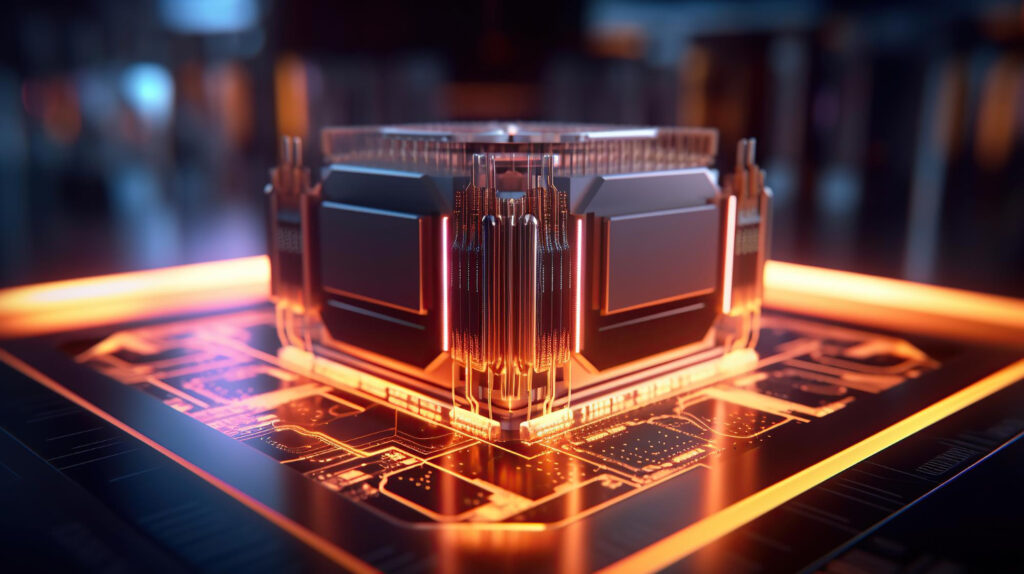Hyper-V VHDX
Welcome to the world of advanced virtualization with Hyper-V VHDX! If you’re navigating the seas of virtual environments, you’ve likely heard of VHDX—the high-capacity virtual disk format designed specifically for today’s data-intensive operations. But what makes VHDX stand out in the crowded space of virtual disk formats? Let’s dive in and explore how VHDX is not just an upgrade but a game-changer for virtualization.
Technical Overview of VHDX Format
Delving deeper into the VHDX format reveals a framework engineered to meet not just the demands of today’s virtual environments but also those of the future. The VHDX format introduces several key technical advancements designed to enhance data protection, maximize performance, and provide unprecedented scalability.
Enhanced Data Protection
One of the standout features of VHDX is its robust approach to data protection. VHDX employs a log-based structure for updates to the disk metadata, a method that significantly reduces the risk of data corruption in the event of a power failure. This means that updates to the disk are first written to a log file before being applied to the disk itself. In case of a system crash or power outage, VHDX can use this log to recover its state, ensuring data integrity is maintained.
Performance Optimization
VHDX also shines in performance optimization, particularly when it comes to handling large-scale data operations. Its design includes support for larger block sizes, which can be a boon for dynamic and differencing disks by allowing these disks to attune better to the workload’s needs. Additionally, VHDX supports the use of 4K logical sector sizes, aligning with modern storage hardware’s shift towards larger sector sizes. This alignment not only improves data efficiency but also boosts overall performance by reducing the overhead associated with data operations on the disk.
Scalability and Flexibility
With support for virtual disks up to 64 TB, VHDX offers unparalleled scalability. This massive capacity makes VHDX an ideal choice for applications that require extensive data storage, such as database servers, file servers, and more. Moreover, VHDX introduces the capability to store custom metadata within the disk file, providing users with the flexibility to include information relevant to their specific use case or environment.
Comparing VHDX and VHD: What’s New?
Transitioning from VHD to VHDX is like upgrading from a reliable sedan to a high-performance sports car. Both get you where you need to go, but VHDX does it with more power, safety, and room to spare. The leap in maximum disk size from a mere 2 TB with VHD to a whopping 64 TB with VHDX is just the beginning. VHDX also introduces features like improved data corruption resistance and the ability to handle larger block sizes, making it the preferred choice for anyone serious about virtualization.

Practical Benefits of Using VHDX
The technical enhancements of VHDX translate into tangible benefits for IT professionals and organizations, making virtualization more efficient, resilient, and scalable.
Simplified Management and Enhanced Efficiency
The increased storage capacity and improved performance characteristics of VHDX simplify the management of virtual hard disks, especially in complex or dynamic virtual environments. By supporting larger disk sizes, VHDX reduces the need to manage multiple smaller disks, streamlining storage architecture and administration. This consolidation not only saves time but also reduces the potential for errors, enhancing overall system efficiency.
Improved Disaster Recovery and Data Integrity
VHDX’s advanced data protection features play a critical role in disaster recovery strategies. The format’s ability to protect against data corruption during unexpected shutdowns ensures that virtual machines can be recovered to a consistent state, minimizing data loss and downtime. This reliability is crucial for maintaining business continuity and protecting sensitive information.
Future-Proofing Virtual Infrastructure
Adopting VHDX helps organizations future-proof their virtual infrastructure. As storage needs grow and performance requirements evolve, the VHDX format’s scalability and alignment with modern storage technologies ensure that virtual environments can adapt without requiring a complete overhaul. This forward-thinking compatibility makes VHDX a strategic choice for long-term virtualization planning.
Implementing VHDX in Your Hyper-V Setup
Integrating VHDX into your Hyper-V setup enhances performance and capacity. Here’s a concise guide to help you navigate this process effectively.
Creating VHDX Files
- Use Hyper-V Manager: When setting up a new virtual hard disk, select VHDX as the format to leverage its advanced capabilities from the start.
Converting Existing VHD Files to VHDX
- Offline Conversion: Convert VHD files to VHDX using the Hyper-V Manager’s “Edit Disk” option, ensuring the disk is not in use during the process.
- Step-by-Step:
- Open Hyper-V Manager.
- Locate and select the VHD file.
- Choose “Convert” and follow the wizard to select VHDX format.
Optimizing VHDX Configuration
- Disk Type Selection: Choose between fixed, dynamically expanding, or differencing disks based on your needs.
- Disk Size Management: Allocate disk sizes according to usage to optimize storage efficiency.
- Data Deduplication: Consider enabling data deduplication to save space on compatible systems.
Maintaining VHDX Files
- Regular Checks: Monitor and manage disk space usage.
- Utilize Tools: Use Hyper-V tools for disk inspection and compaction.
- Backup Regularly: Ensure consistent backup practices to safeguard data.
The Future of Virtualization with VHDX
As we look to the future of virtualization, it’s clear that VHDX plays a pivotal role in shaping what’s possible. With its robust features, scalability, and enhanced data protection, VHDX isn’t just keeping pace with the demands of modern virtual environments—it’s setting new standards. Whether you’re a seasoned pro or just starting, understanding and leveraging the power of VHDX is key to unlocking the full potential of Hyper-V virtualization.
